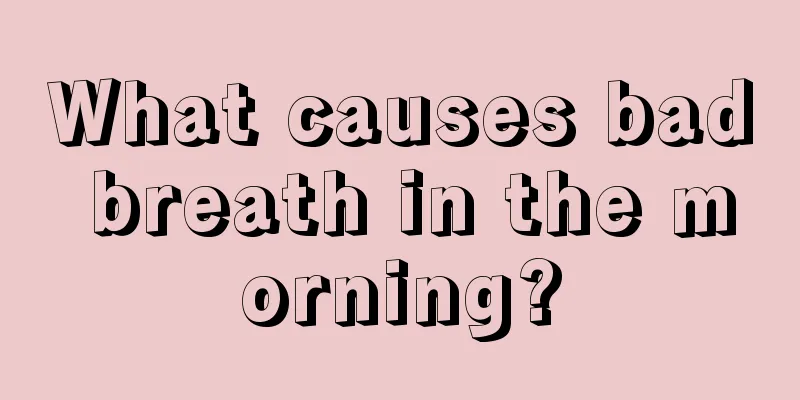What are vasodilators

|
Vasodilators are preparations that have the effect of dilating blood vessels. They are frequently used in clinical practice, but are rarely seen in our daily lives. If these preparations are used by people with bad intentions in life, it can easily cause discomfort to the human body. Therefore, this type of preparation can generally only be seen in some medical research institutes. The following are some of the most commonly used vasodilators in clinical practice: Clinically, vasodilators have many uses. They can not only relieve the symptoms of hypertension, but also promote blood circulation in our limbs. However, in daily life, we should not use vasodilators blindly, because it may lead to serious conditions and even the risk of shock. They must be used under the guidance of a doctor and in accordance with the doctor's orders. So, what are vasodilators? ① Hydralazine Directly relax the smooth muscle of small arteries, reduce peripheral resistance and lower blood pressure. It can cause a reflex increase in heart rate and cardiac output. Long-term use can lead to increased renin secretion, increased aldosterone, water and sodium retention, and reduced efficacy. Its characteristics are a significant decrease in diastolic blood pressure and an increase in renal blood flow. It is mostly used for patients with renal hypertension and high diastolic blood pressure. The route of administration is oral. Adverse reactions include headache, dizziness, vomiting, palpitations, etc. Long-term and high-dose use of this drug may cause rheumatoid arthritis and lupus erythematosus-like reactions. Use with caution in patients with coronary heart disease and heart failure. ②Sodium nitroprusside It can directly relax the smooth muscles of arterioles and venules, lower blood pressure, and reduce foreload and afterload, thereby reducing the myocardial load, lowering the oxygen requirement, and significantly reducing the pulmonary artery pressure. The effect is strong and rapid, taking effect within 5 minutes after administration and lasting for 2 to 15 minutes after discontinuation of administration. For hypertensive emergencies, including hypertensive crisis, hypertensive encephalopathy and malignant hypertension, as well as heart failure. It is usually administered by intravenous drip. During medication, blood pressure and heart rate should be closely monitored so that the dosage can be adjusted at any time. When stopping the medication, the dosage should be gradually reduced and oral vasodilators should be increased to avoid symptom rebound. Long-term or high-dose use may cause severe hypotension. The solution of this product must be prepared just before use and used up within 12 hours. Since it is easy to deteriorate when exposed to light, the infusion bottle should be covered with black paper. During the medication process, nausea, vomiting, mental restlessness, muscle cramps, headache, anorexia, rash, sweating, fever, etc. may occur. Long-term use may lead to hypothyroidism due to the storage of thiocyanate. ③Long pressure setting It acts directly on the blood vessel wall, dilates the arterioles, reduces peripheral resistance, lowers blood pressure, has no effect on the capacitance vessels, and thus can improve venous return. It can significantly increase myocardial blood flow. The mechanism of action is similar to that of hydralazine, but its antihypertensive effect is stronger than that of hydralazine. It can be used for refractory hypertension and renal hypertension. It has a synergistic effect when used together with propranolol. The route of administration is oral. Common adverse reactions include water and sodium retention, tachycardia, often accompanied by ST segment depression and flat or inverted T waves. A small number of patients experience rash and thrombocytopenia. Long-term use can cause excessive hair growth. ④Indamine (Shoubishan) It mainly inhibits the influx of calcium ions into vascular smooth muscle, reduces vascular tension, and decreases peripheral vascular resistance. Unlike general calcium channel blockers, it does not slow down the heart rate or inhibit myocardial contractility. It has a diuretic effect. This product is taken orally and has very mild adverse reactions, some of which include dizziness, headache, nausea, insomnia, etc. |
<<: Are disinfectant effervescent tablets harmful to humans?
Recommend
How to Make Ginger Shampoo
As modern people face increasing pressure in life...
What causes jaw cysts?
In fact, don’t panic too much when a cyst appears...
The best way to moisturize a dry face
A dry face is actually dry skin, and dry skin ref...
What are the obvious early symptoms of female thyroid cancer
What are the early symptoms of thyroid cancer in ...
The harm of electromagnetic fields to human body
Workers in many factories need to be in electroma...
What are the effects and functions of blue sandstone
Blue sandstone can help calm the nerves, and can ...
Spicy beer duck
Beer is a drink that people use to create an atmo...
Classification of cancerous sites of pancreatic cancer
Cancer has various causes and symptoms. Even the ...
What is the diagnostic order of glioma
We are quite familiar with tumors. Almost everyon...
What is oily skin like_How to distinguish oily skin from dry skin
I believe everyone knows that our skin can be div...
There are several types of herpes, and common types need to be prevented
Herpes is a disease that can be transmitted throu...
What are the early symptoms of gastric cancer
The early symptoms of gastric cancer include mild...
What are the specific hazards of endometrial cancer
Friends who know about endometrial cancer are all...
What does fundus angiography examine
People rely on vision to a large extent to obtain...
Are black beans high in calories?
In fact, many people pay more attention to their ...









